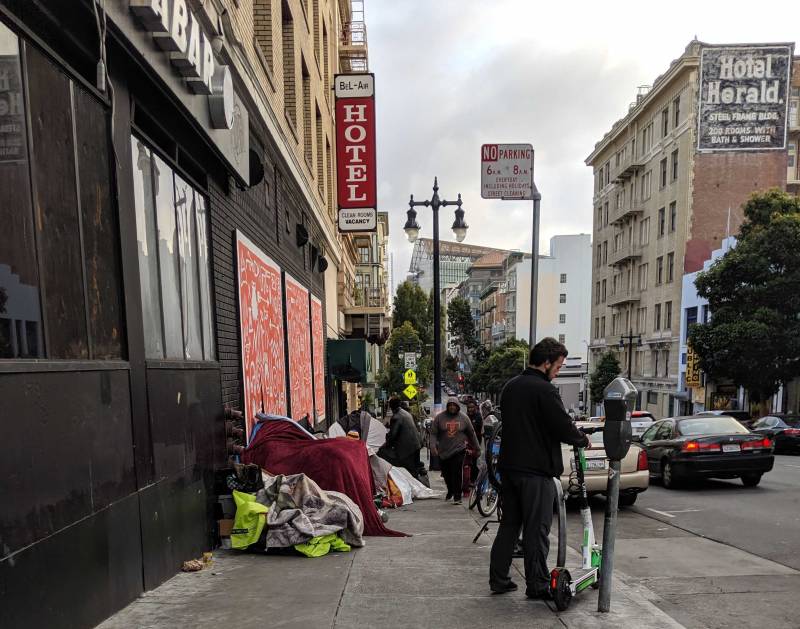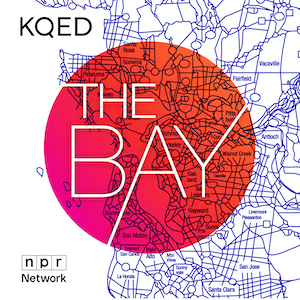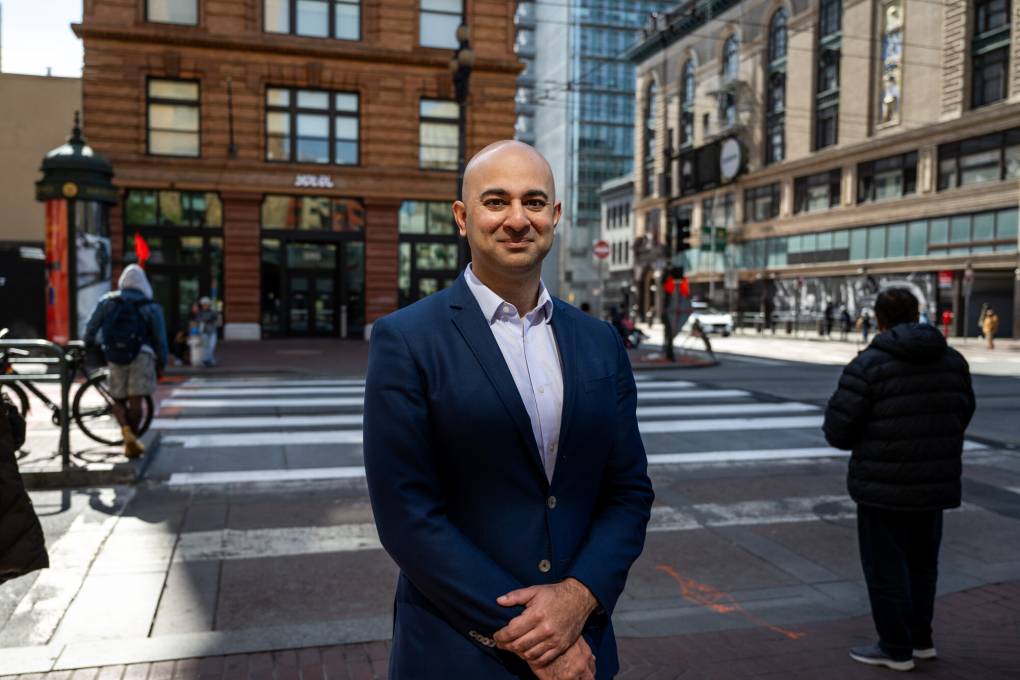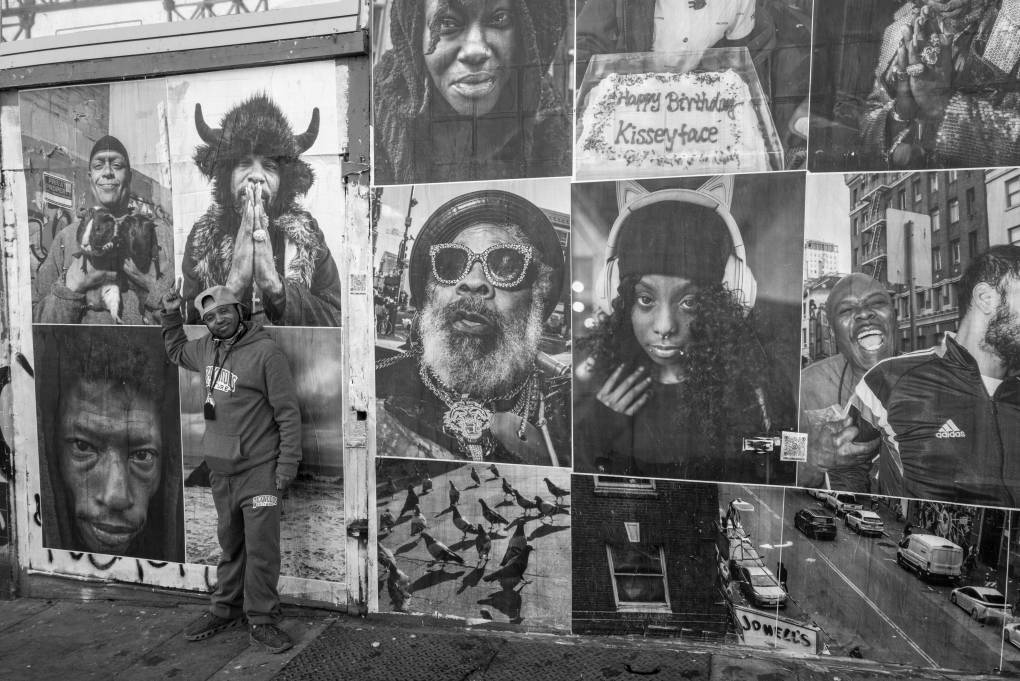Since the beginning of the year, 81 people have died in the neighborhood from drug overdoses. And in the city at large, the availability and use of fentanyl is a growing concern. Use of the drug spiked in 2019 — a 70% increase over the previous year — and was the cause of more than half of the city’s 441 overdose deaths, according to the San Francisco Department of Public Health.
Supervisor Matt Haney, who represents part of the Tenderloin, says his constituents are exhausted. Haney says he typically sees about 50 people selling and using drugs within just a block of his Hyde Street apartment. And although he has some hesitations about Herrera’s move, he thinks the plan will prompt a much-needed “disruption of the status quo”.
“We can have an understanding and a deep belief that the drug war in and of itself is an ineffective response, and … also feel that those folks shouldn’t be coming into this neighborhood day in and day out and doing that,” he said.
At Tuesday’s press conference, San Francisco Mayor London Breed voiced her support for the plan, stressing that the Tenderloin “has always had its challenges, but it has never been worse.”
The neighborhood’s current dismal conditions make sense to Jose Bernal, an organizer who grew up in the Tenderloin and still visits his family and friends there. Bernal used to work at Hospitality House, a local service organization, and knows that, with the COVID-19 pandemic, there has been a major disruption of services and available resources, leaving many people more desperate than ever.
“Folks need dire support,” Bernal said. “They need a lot of help and we have to provide that somehow in the context of COVID, with where we’re at right now, because I don’t want our folks dying on the streets of overdoses.”
But in Herrera’s plan, Bernal sees overlaps with previous policies he has fought against.



